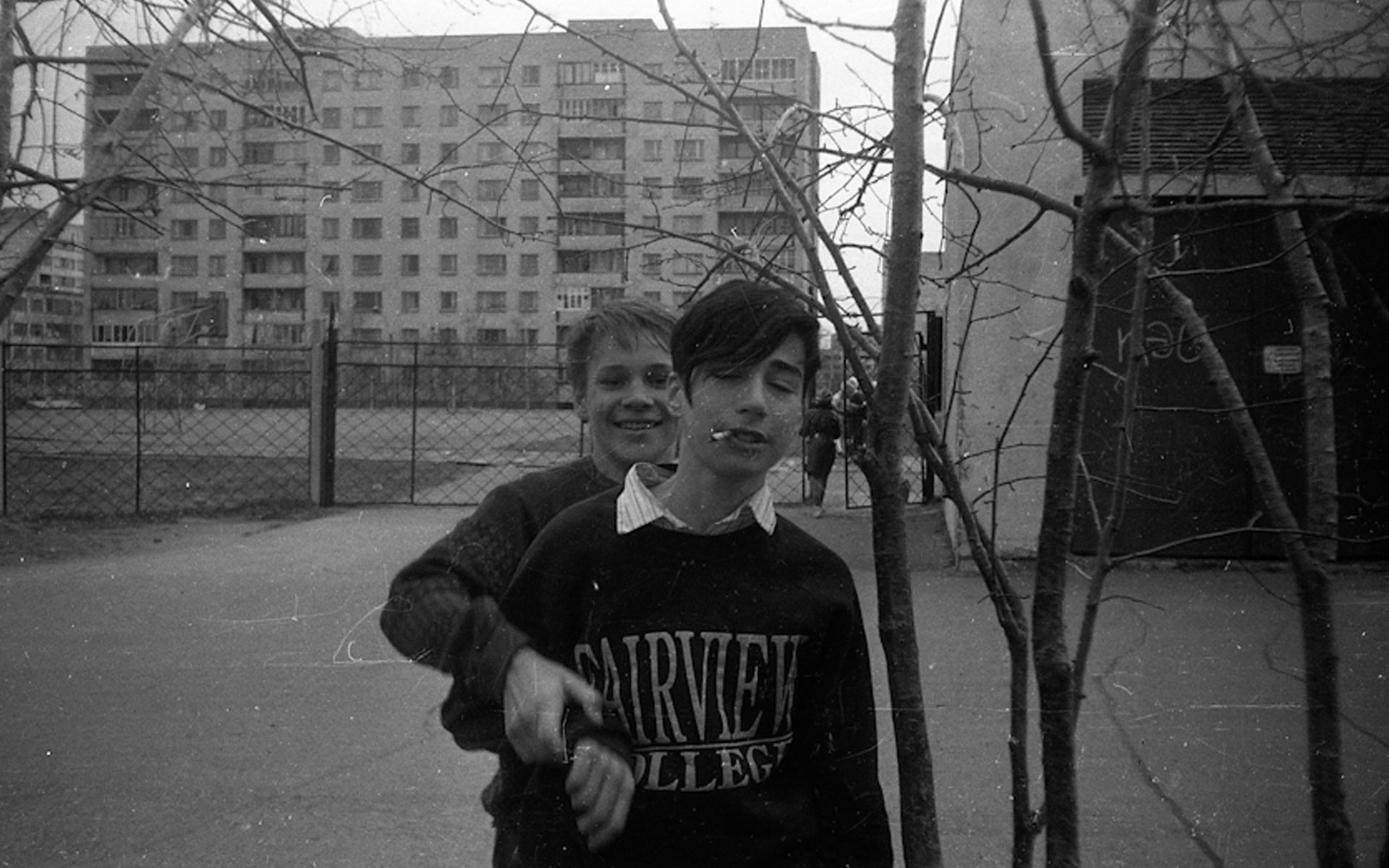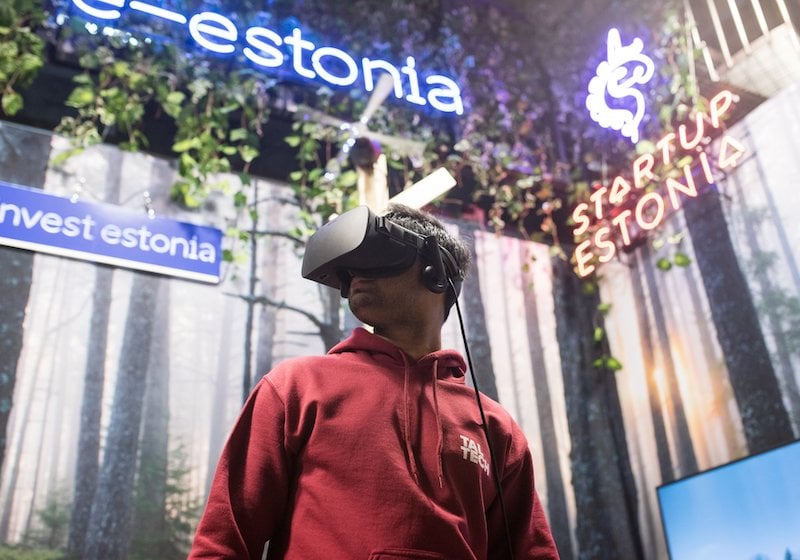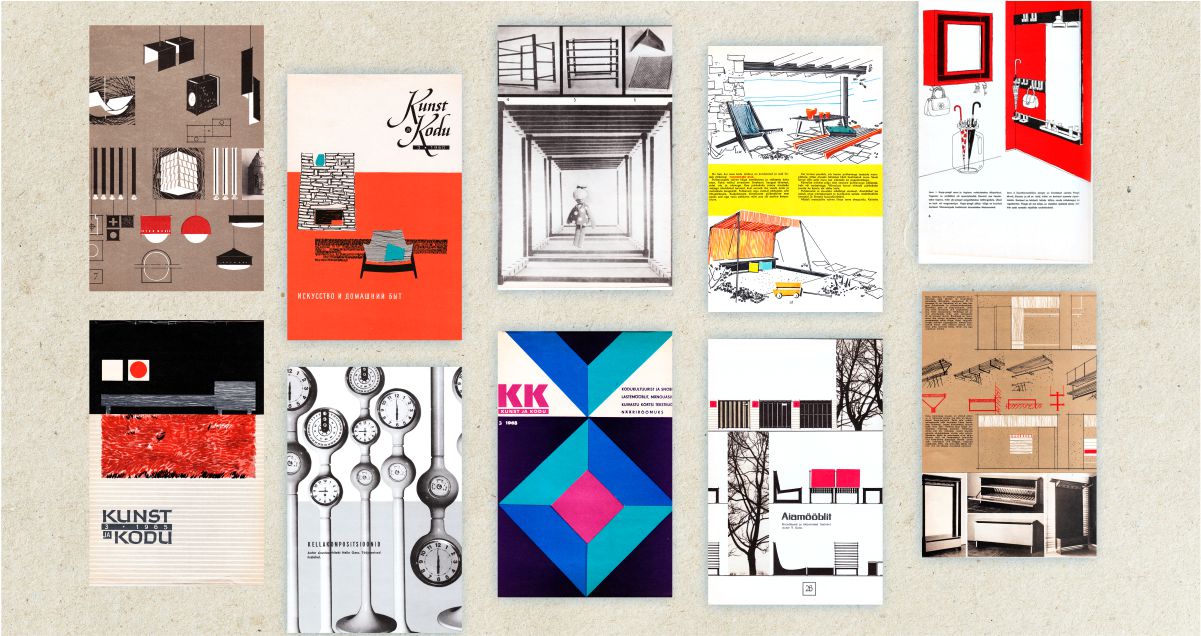10 artworks capturing 30 years of restored Estonian independence
After The FallThirty years ago this month, the Supreme Soviet of the Estonian SSR voted to officially restore the independence of the Republic of Estonia (a year previously, it had declared illegal the country’s 1940 incorporation, under considerable duress, into the USSR). Estonia had been the smallest republic of the Soviet Union, and is now among the smallest states of the European Union – and yet smallness is no reason to assume simplicity or uniformity: striking contrasts exist between north and south, between rural Estonia and the main cities of Tallinn and Tartu, and most of all between the ethnic majority and the mostly Russian-speaking minorities who make up over a quarter of the population.
With their Finnic language, historical links to Germany and Scandinavia, and Lutheran heritage, Estonians have often kicked against reductive labels placed on them by outsiders, whether that’s Baltic, Eastern European, or post-Soviet. But debates about what identity would be more appropriate and inclusive are, as everywhere, harder to resolve. By or about Estonians, these 10 works of literature, music, film, art, and photography give a glimpse of the complex modern reality of this fascinating country, and the very different visions of it that have existed over the last 30 transformative, difficult years.
Literature
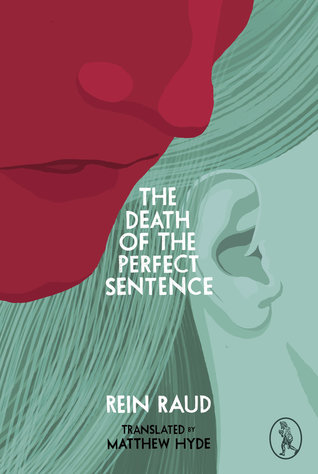
Death of the Perfect Sentence (2015)
by Rein Raud. Translated by Matthew Hyde
Aside from Icelandic, Estonian is the smallest language in Europe to perform single-handedly all the key functions of its state. Famously forbidding to learners, with its 14 noun cases and long and overlong vowel distinction, it nonetheless has a robust translation infrastructure and impressive Estonian novels regularly appear in English. Rein Raud’s The Death of the Perfect Sentence is set during and just before the 1991 coup in Moscow, whose failure led to Estonia’s independence being internationally recognised.
All historically significant and highly emotive events are at risk of being romanticised and flattened in the retelling: in this intricate and playful spy novel of sorts, Raud takes on the Estonian struggle to restore its independence and manages to avoid doing either. Through cheeky postmodern touches seemingly involving the author’s own memories, and a lightly sketched but convincing cast ranging from KGB men to recently arrived Russian teachers to young activists of varying levels of conviction and reliability, Raud vividly captures a state on the edge of longed-for change, and shows how little certainty anyone really had at the time about the course of events.
Everything is Wonderful: Memories of a Collective Farm in Estonia (2014)
by Sigrid Rausing
Swedish-British writer and anthropologist Sigrid Rausing spent much of 1992-1993 living and doing fieldwork on the Noarootsi peninsula in far western Estonia — a border region heavily militarised under the Soviet Union and historically populated by Swedish-speakers.
Twenty years later, she turned her notes and reminiscences into this superbly written book, which loosely follows her experiences and encounters on the peninsula, but has a winningly scrapbook-like quality. It incorporates essays on the troubled history of the Swedish minority in Estonia, recipes for Russian delicacies, reflections on the significance of a topless car wash in Tallinn, or the sudden appearance of irrelevant adverts from Swedish supermarkets outside shops that did not store those products. Clearly delineating the traumas of the past, the difficulties of the ‘90s — mass unemployment and inequality, getting by with run-down infrastructure, and an often uncertain adaptation to new norms and values — are also seen taking shape.
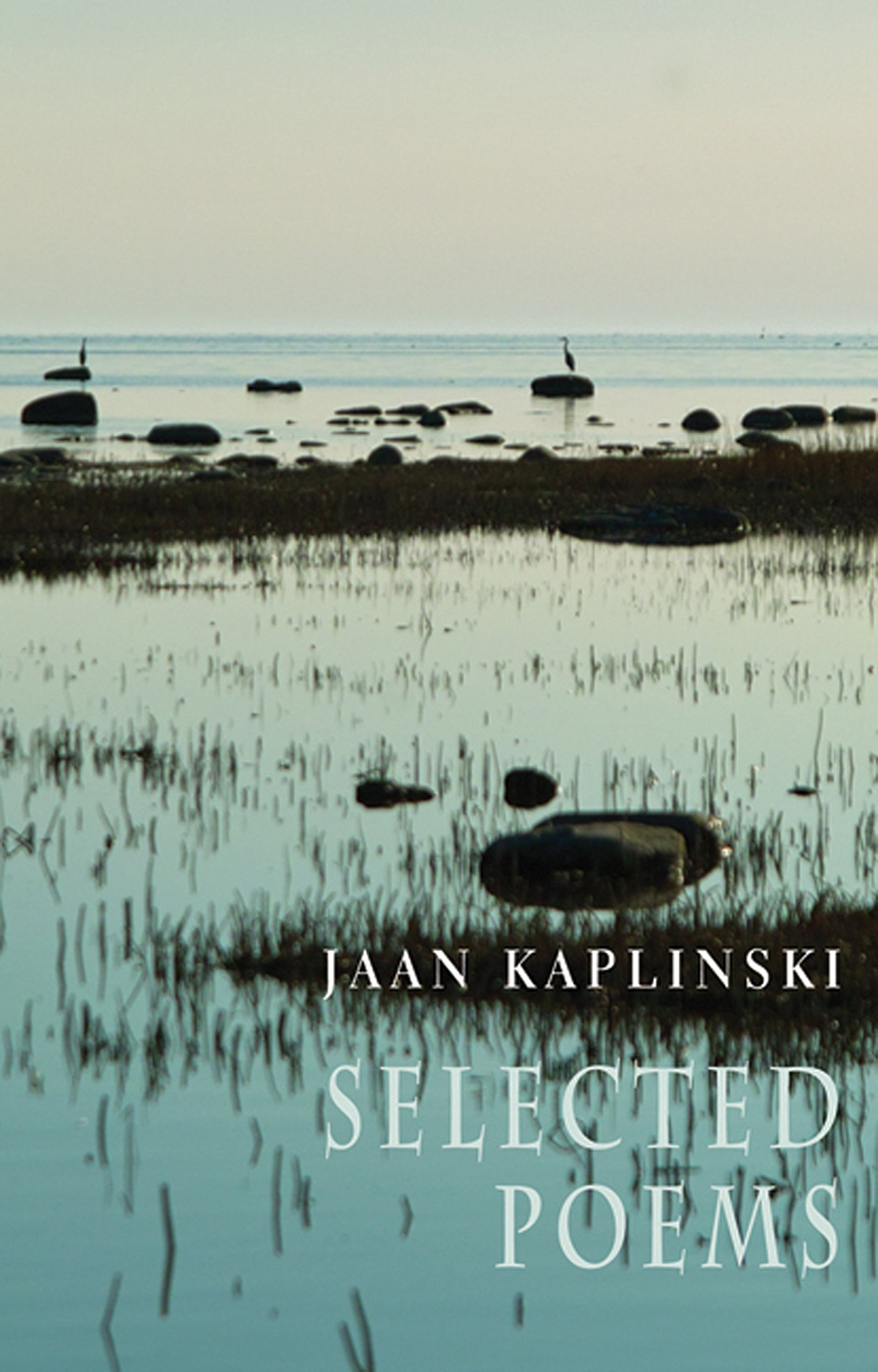
Selected Poems (2011)
by Jaan Kaplinski. Translated by Jaan Kaplinski with Sam Hamill, Hildi Hawkins and Fiona Sampson
Among the signatories of the 1980 “Letter of 40 Intellectuals”, a bold critique of Soviet Russification policies in Estonia, the internationally celebrated poet Jaan Kaplinski is also known for his stringent criticism of some of the ills capitalism has brought, from consumerism to globalisation. For all his outspokenness, his poetry tends to be reflective and frequently stemming from experiences in nature, especially the landscape of his home near Tartu; it can appear that there are vast spans of time between each line. As he puts it, “I start with images, pictures and associations, and try to reach the thought, the understanding, through them”.
Kaplinski has constantly resisted binary categories and those who would define Estonia, its language, or place in the world too tightly. As he puts it in one of his most celebrated poems: “The East-West border is always wandering,/ sometimes eastward, sometimes west,/ and we do not know exactly where it is just now:/ in Gaugamele, in the Urals, or maybe in ourselves”.
Jaan Kaplinski died on 8 August 2021 at the age of 80.
Film
Disco and Atomic War (2009) dir. Jaak Kilmi
Few, if any, other post-communist countries, have seemed quite so at ease with the West and its expectations as Estonia. While its image of wired-up liberalism took a knock with the inclusion of the far-right EKRE in government from 2019 until earlier this year, Estonia’s scores for media freedom, corruption, and much else, far outpace its neighbours to the south and east, and many western states too. Familiarity with the West is nothing new, however: from the ‘60s onwards, inhabitants of Soviet-occupied northern Estonia could receive TV from Finland, just 50 miles distant, meaning that a generation grew up well-informed about the world beyond the Eastern Bloc, and intimate with Knight Rider and Dallas, too.
This feature-length documentary tells the story of how the propaganda war was fought on this exposed flank of the Soviet Union. The occasional whistle-stop nature of the narrative is redeemed by the quality and strangeness of the found footage, ranging from middle-aged couples demonstrating disco moves on Finnish TV to the famous Propeller riot of 1980, when the cancellation of a punk concert in Tallinn led to hundreds of arrests.
November (2017) dir. Rainer Sarnet
While there’s an ongoing association of Estonia with clean lines and understated design, the Estonian cultural scene has long shared a parallel affinity for grotesquerie and untrammelled surrealism: from the nightmarish etchings of the interwar artist Eduard Wiiralt to the darker visions of Priit Pärn, like the disturbing and deeply sad east/west collision of Hotell E.
Andrus Kivirähk, unquestionably the country’s most popular novelist since the restoration of independence, marries this taste for the weird to the Estonian preoccupation with history. He takes the contours of Estonia’s past and does wild and extraordinary things with them.
The Man Who Spoke Snakish imagines Estonian society after the arrival of the “iron men”, the mostly German crusaders who brought Christianity to the region in the 12th century, complete with amorous bears, trained lice, and articulate serpents. November, an adaptation of his as-yet-untranslated novel Rehepapp, takes on the feudal system that the crusaders implemented. Shimmeringly dark cinematography presents the Estonian peasants living in poverty in the forests, in the shadow of the looming manor house, stubbornly resistant to Christianity and relying on bewitched mechanical slaves to do their bidding.
Autumn Ball (2007) dir. Veiko Õunpuu
The largest of the so-called Soviet “sleeping districts” (magalarajoonid in Estonian) that ring Tallinn is the vast expanse of Lasnamäe, ranks of blocks as grey and uniform as the limestone outcrop they were built on. With a continuing economic boom transforming the central districts, Lasnamäe can seem like a throwback to Tallinn’s past and is often casually referred to as representative of it, but it’s still home to a quarter of the city’s population (and a reminder of its deep inequality). Very loosely based on Mati Unt’s wonderful novel of alienation and connection in ‘70s Tallinn (sadly only available in a vanishingly rare Soviet translation) but set 30 years later, Autumn Ball is a story as drifting and impulsive as most of its protagonists, who act out their romantic and personal breakdowns against the washed-out backdrop of a suburb very like Lasnamäe. Touching and funny at points, it is at others relentlessly bleak, though compellingly so, as befits a film essentially about loneliness, desire, and the destructive ways people try to keep both at bay.
Music
Muunduja (2018) Maarja Nuut
For a country of not much over a million, Estonia produces more than its fair share of musical talent: Arvo Pärt and Veljo Tormis are giants of 20th-century classical music, and its pop and hip-hop scenes have thrown up international stars like Kerli and Tommy Cash. At a slightly lower level of fame, I’m particularly taken with the gentle country-inflected tones of Holy Motors right now (who I’m not sure I entirely believe are not a version of Mazzy Star lost somewhere in the space-time continuum).
But for me, the most consistently inventive and challenging Estonian musician of the last decade is Maarja Nuut, a singer and violinist, and, originally, a folk musician of sorts. Her layered compositions, which can shift from ominous to serene at will, summon up references from both the distant and recent past in a way that is very typical for Estonia: a country that is rightly concerned with preserving its idiosyncratic culture but where new technology is second nature. Her now strident, now whispered vocals can bring to mind the looping and often improvised regilaul, traditional Estonian chant, while the clattering percussion and bleeping electronics speak of a very modern unease.
Recorded Live (2019) Ringhold
Estonia can seem very dominated by its capital, a process which has only accelerated since 1991. Half the population of the country inhabit a narrow slice of land hugging the northern coast around Tallinn, which also generates and takes the lion’s share of economic growth. It’s a push for towns other than Tallinn and Tartu, and perhaps the folk music hub of Viljandi, to sustain much of a scene.
That’s not to say there aren’t things, and often rather bold things, happening in the small towns and countryside, as demonstrated by “outsider blues” duo Ringhold, from the county of Raplamaa, in the thinly populated heart of Estonia. What they purvey is delta blues of a sort — and in this part of the world, the blues can hit pretty hard — but it’s the blues not just stripped down. It’s bunched up and spun out. Vocalist eleOnora’s vocal contortions are the centre of attention, on songs like “Somebody Keeps Calling Me”, she makes a few spare lines serve as a troubled mantra, pulling out and toying with the lyrics, keening, growling, gasping, howling, and wailing, stretching from mournful crooning to death rattles.
Listen to the album here.
Art
Timo Toots Contemporary Artist
Since the restoration of its independence, technology has become Estonia’s calling card, a way for this small and vulnerable nation to assert its distinctiveness and inventiveness — Estonia was early to the party on computers in schools, online voting, widely available wifi, the list goes on. While it has prompted some rather hyperbolic coverage in the world media, Estonia’s digital revolution is a genuine achievement and has contributed to an unusually firm sense of direction and identity.
For an uneasier, quieter take on the role of technology in our lives, especially as it relates to this still extremely rural country, you can go to Timo Toots. Art installations like a “flight announcer” set up in a remote field, making computerised, deadpan announcements of the particulars of nearby flights, are quietly, weirdly thought-provoking, reminding you you’re just in one of the few blank spots among an interlacing scribble of routes. Other work ranges from quirky (a sauna packed with obsolete appliances) to the purely beautiful (a black-and-white sculpture that ceaselessly changes based on the movement of the wind). MAAJAAM, the project and art residence space he runs in the countryside of southern Estonia offers an outlet for artists who take an interest in the role of tech in our lives.
Life in Decline (2021) Estonian Mining Museum, Kohtla-Nõmme
The north-eastern county of Ida-Virumaa is the flipside to Estonia’s success story. A region that suffered staggering destruction and displacement during the Second World War, its placement above a seam of rich, but environmentally ruinous oil shale, drew workers from across the Soviet Union, and little towns with gaping Stalinist boulevards popped up among the thick pine forests. Largely low-tech, Russian-speaking, and eastward-looking, Ida-Virumaa is decidedly off-message, and has often struggled to fit with the new Estonia.
A new exhibition, curated by Francisco Martínez, in the very heart of the region — held at the administrative office of the Kohtla-Nõmme mine, now a museum — takes a frank but unsensationalised look at cultural dislocation, population loss, and pollution. Among the highlights, artist Darja Popolitova imagines the two languages of Ida-Virumaa supernaturally melding and overlapping, while photographer Laura Kuusk’s alternate-universe real estate photos remind us of towns that have lost huge chunks of their population. Whether through a sound sculpture viscerally conveying the process of shale mining or a video following a young teacher among derelict buildings in the border city of Narva, Life in Decline makes Ida-Virumaa’s experience palpable, and shows it as inescapably part of Estonia’s story.
